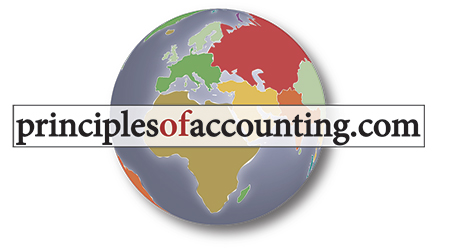
Your goals for this “cost-volume-profit” chapter are to learn about:
- Cost behavior patterns and implications for managing a business.
- Methods of cost behavior analysis.
- Break-even and target income analysis.
- Cost and profit sensitivity analysis.
- Cost-volume-profit analysis for multiple products.
- Critical assumptions of cost-volume-profit modeling.
Chapter 18 introduces concepts relating to cost-volume-profit analysis. CVP helps one assess business profitability and growth. It requires an awareness of cost behavior. Broadly defined, costs may be variable or fixed. Variable costs increase in a linear fashion as production rises, while fixed costs are unaffected. These observations only hold over a relevant range of activity. The high-low method or regression analysis may be required to evaluate cost behavior.
Once cost behavior has been correctly described, a company can evaluate the break-even point. The procedure can be modified to calculate alternative measures, such as sales necessary to achieve a target income level. Extensions of CVP allow sensitivity analysis for changes in fixed costs, variable costs, and per unit selling price. CVP is only slightly more complex for multiple product firms, and this technique is also illustrated.
Be aware that CVP is a model that depends upon certain critical assumptions. Foremost among the assumptions is that costs behave as predicted. Further, one must anticipate that actual performance and product mix will remain within the relevant range and at the anticipated blend.
